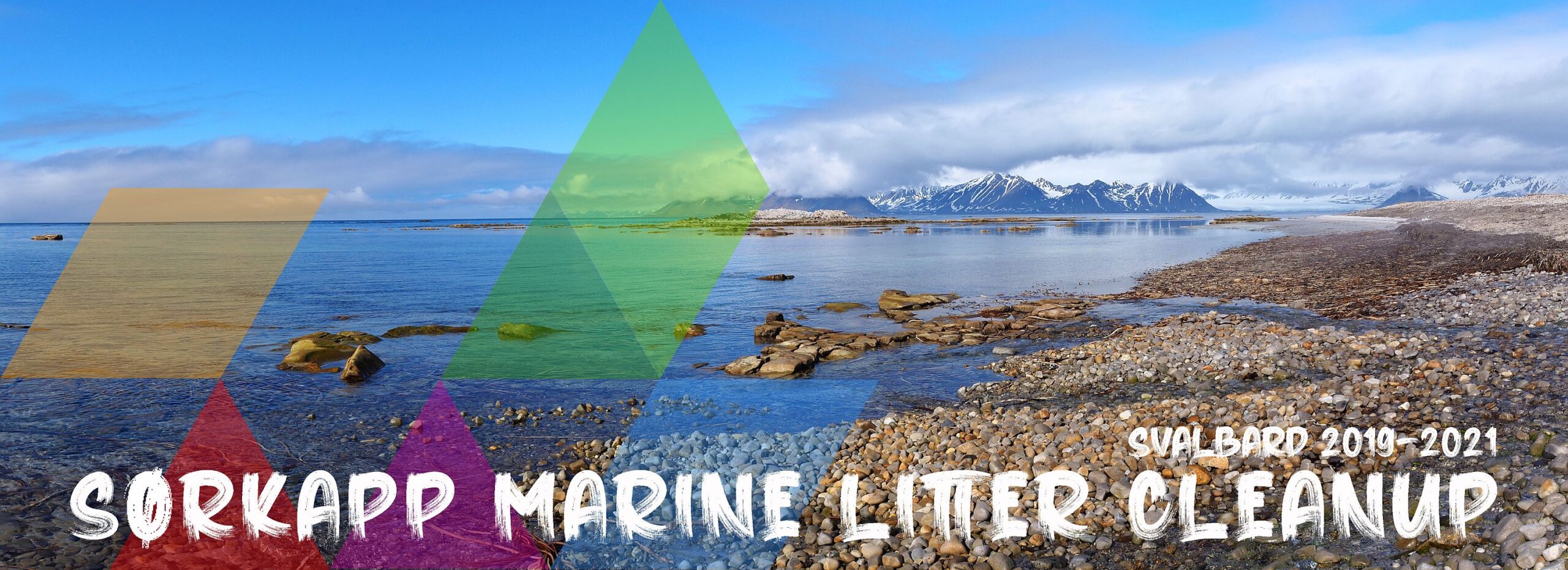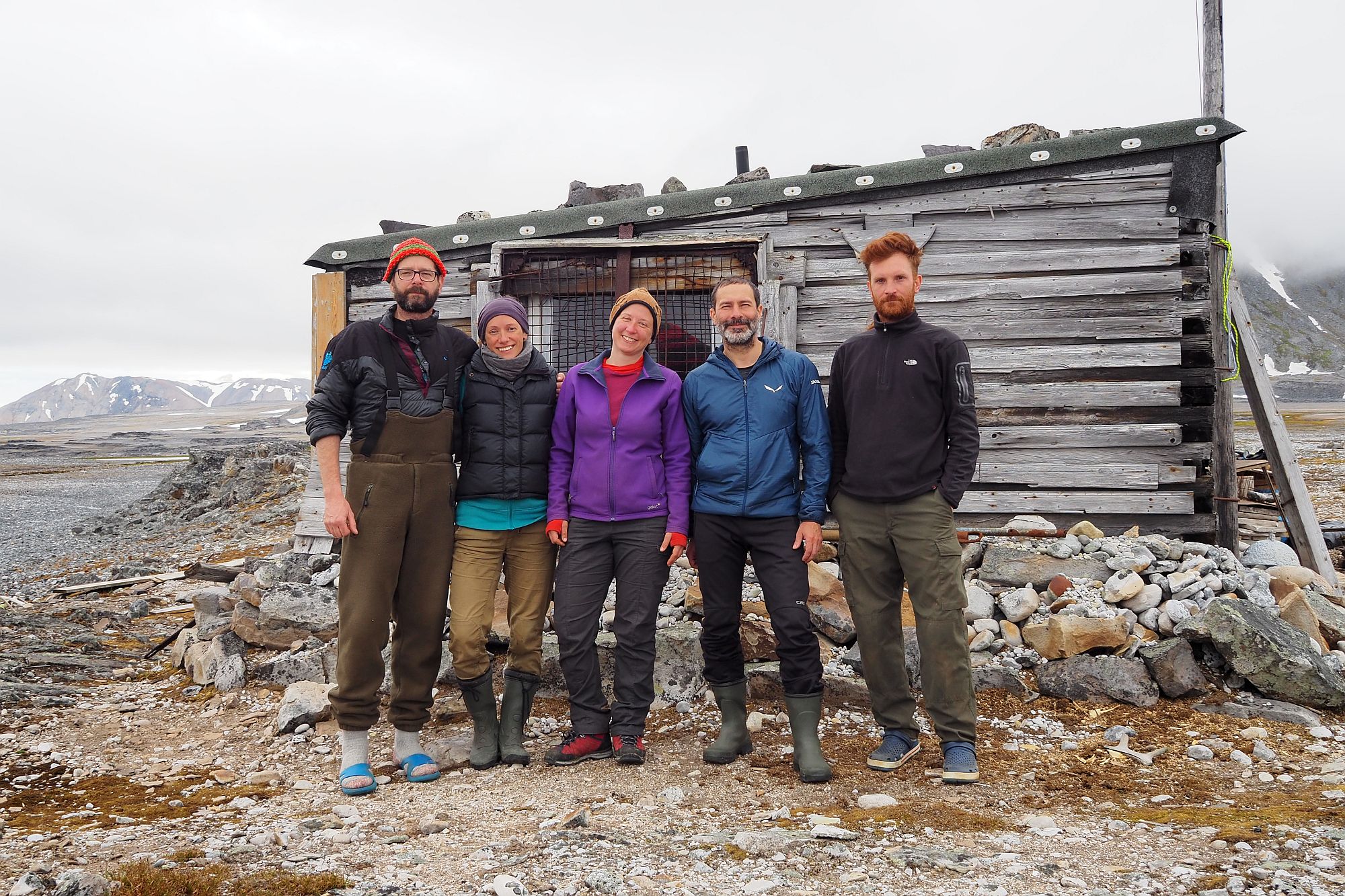We could write volumes about this year’s expedition, but – honestly – who would have time to read such things? So, for a start, here come a few key numbers:
1 Awfully Rotten Cabin
4 awesome weeks (and a bit)
6 intrepid volunteers
11 days of back-breaking fieldwork
23 kilometres of Svalbard’s coast
2170 kilograms of beach litter
Why, out of 31 days we had to carry out project fieldwork, only 11 were spent in the field? Because the Arctic presented us with such an attraction package, 11 was the best we could manage. In June, the undoubted lowlight was a generous layer of rotting seaweed on top of… piles of snow and ice covering much of the coast. And the litter we were supposed to collect.
The snow and ice would not be that much of a problem in the wet and windy Arctic, as there is no better remedy for stubborn snowdrifts than rain, waves and wind. The thing is, though, that the seaweed on top acted as a natural umbrella, significantly slowing down the melting process. All in all, there were only two things we could do: clear all the mess by hand or wait. And so, without further ado, we got down to… waiting.
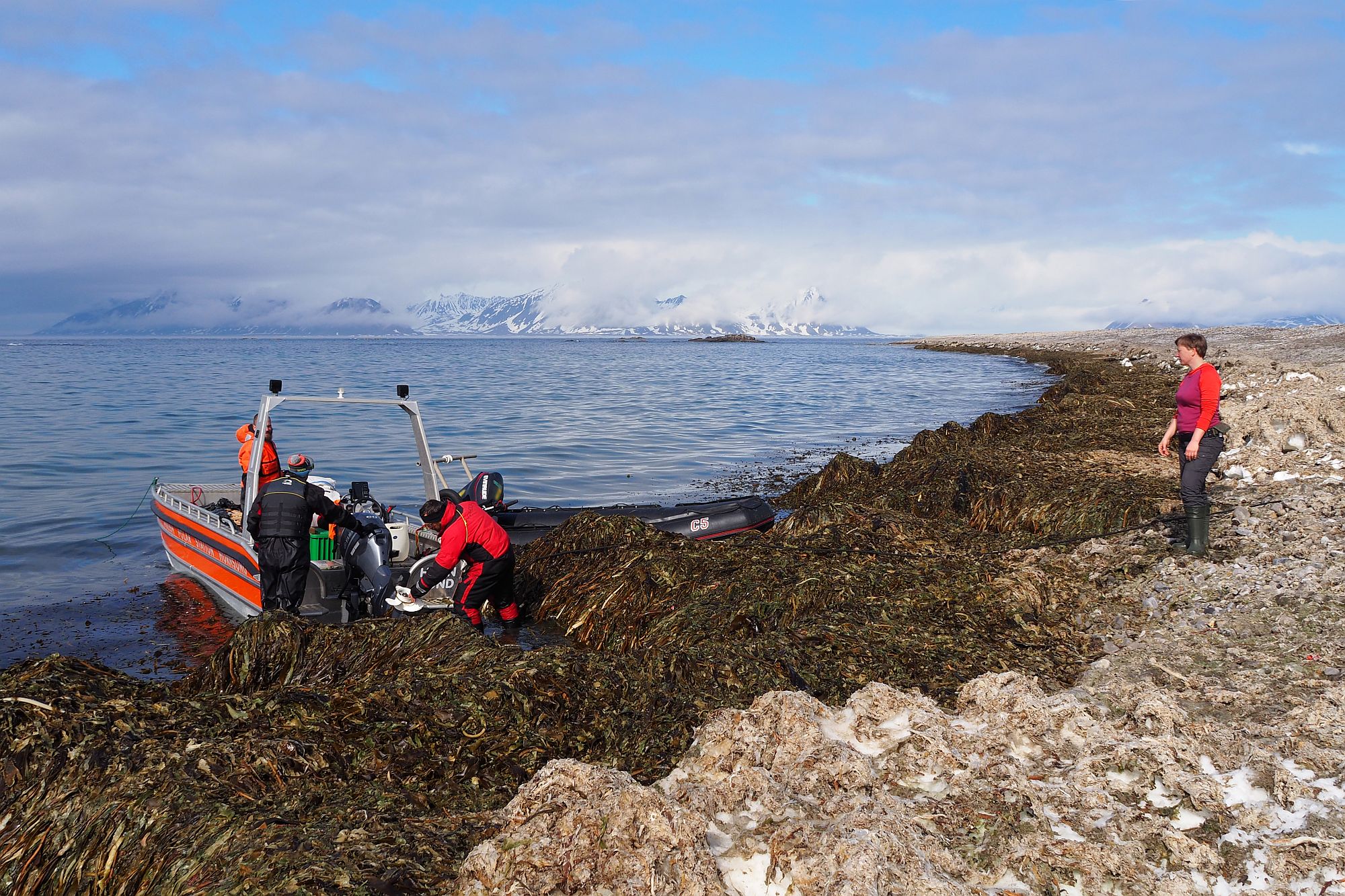
The coast of Palffyodden lavishly adorned with snow, ice and rotting seaweed.
© Barbara Jóźwiak, forScience Foundation
There are always things to do in Palffyodden, so when it became clear that project fieldwork will have to wait, we promptly set about taming the Awfully Rotten Cabin. First of all, we had to put it in relative order and make ourselves comfortable inside, along with all the expedition stuff, whose edible part required immediate and thorough inspection. After all, we had no idea if by doing the packing ourselves and, at the same time, dispensing with kilometres of bubble wrap, stretch foil and tape, which are typically used to protect food items against the hardships of sea journey, we didn’t perhaps shoot ourselves in the foot. And you know what? We so did not. Our second-hand plastic barrels proved perfect for transport purposes and every single thing we put inside back in Poland made it to Svalbard unscathed. A bit worse off was the fresh produce, which could not be tossed in plastic barrels. So as the girls conducted a daring rescue operation among half-rotten lemons, onions and carrots, the guys kept busy turning the cabin’s forlorn anteroom into a professional food storage space.
There’s nothing like hard work and fresh air to work up an appetite, but a mouldy worktop, which was way too small anyway, and rickety shelves perched precariously above it did nothing to inspire more advanced culinary activity in the crummy corner of the Awfully Rotten Cabin which we, rather exaggeratedly, called a kitchen. No wonder, therefore, that the boys pushed right on and – before we even got over our brand new pantry – another extreme makeover was given to the said crummy corner. Even though we all greeted the new kitchen with equal enthusiasm, the happiest about it was probably Kasia, because – as the Master Chef of Palffyodden – she was soon to take command of it.

© Adam Nawrot, forScience Foundation
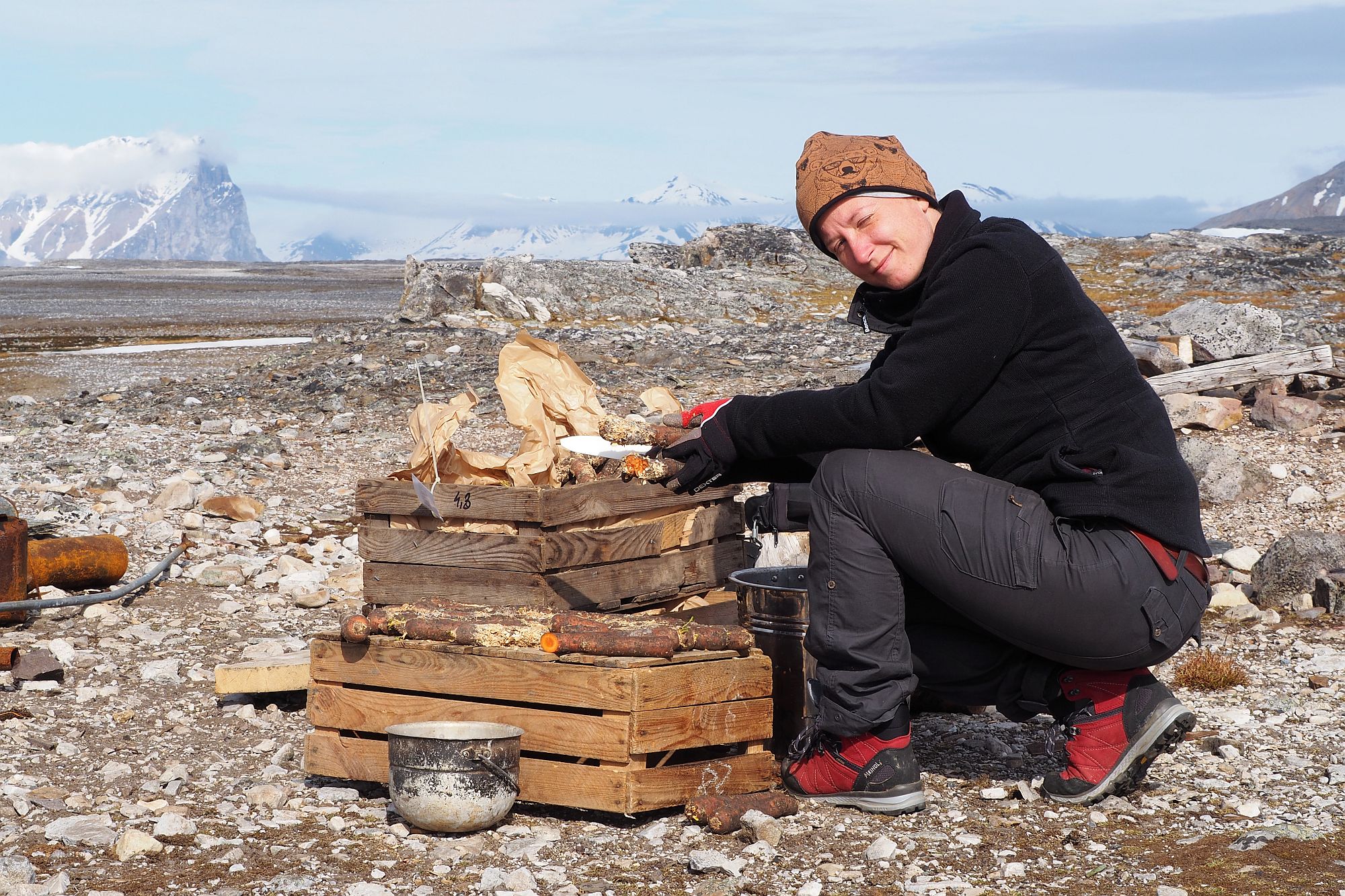
© Barbara Jóźwiak, forScience Foundation
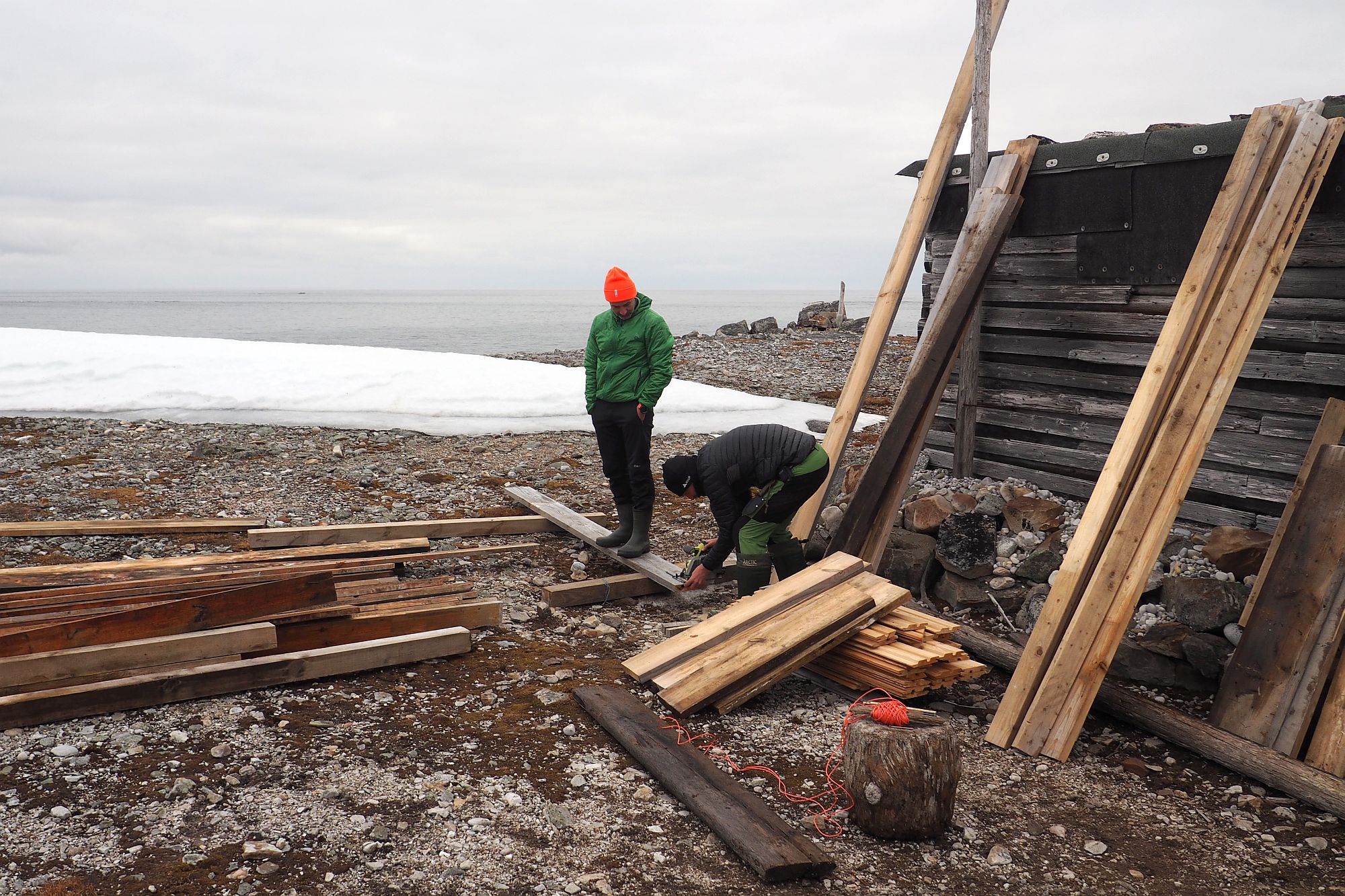
© Adam Nawrot, forScience Foundation

© Barbara Jóźwiak, forScience Foundation
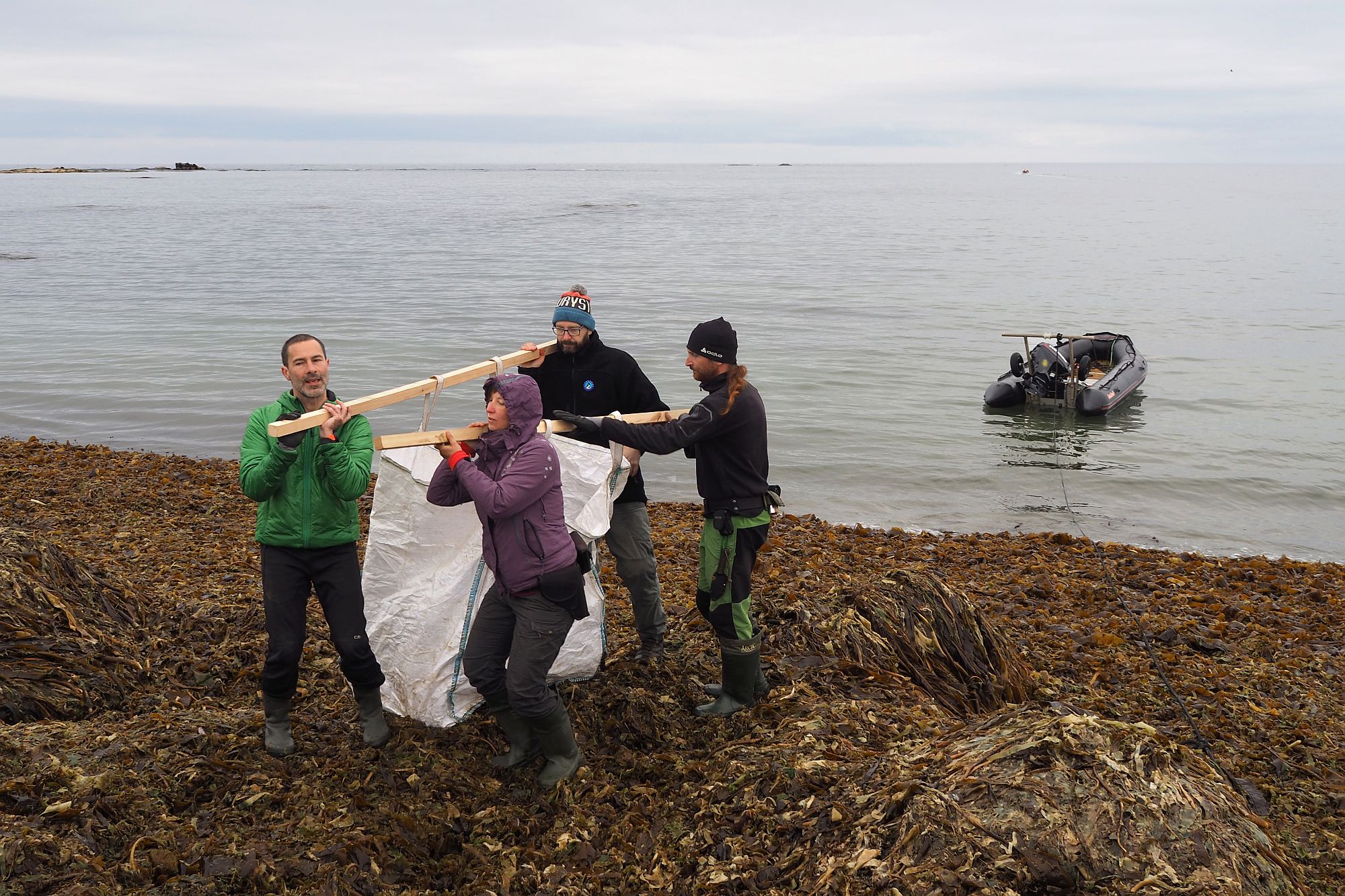
© Barbara Jóźwiak, forScience Foundation
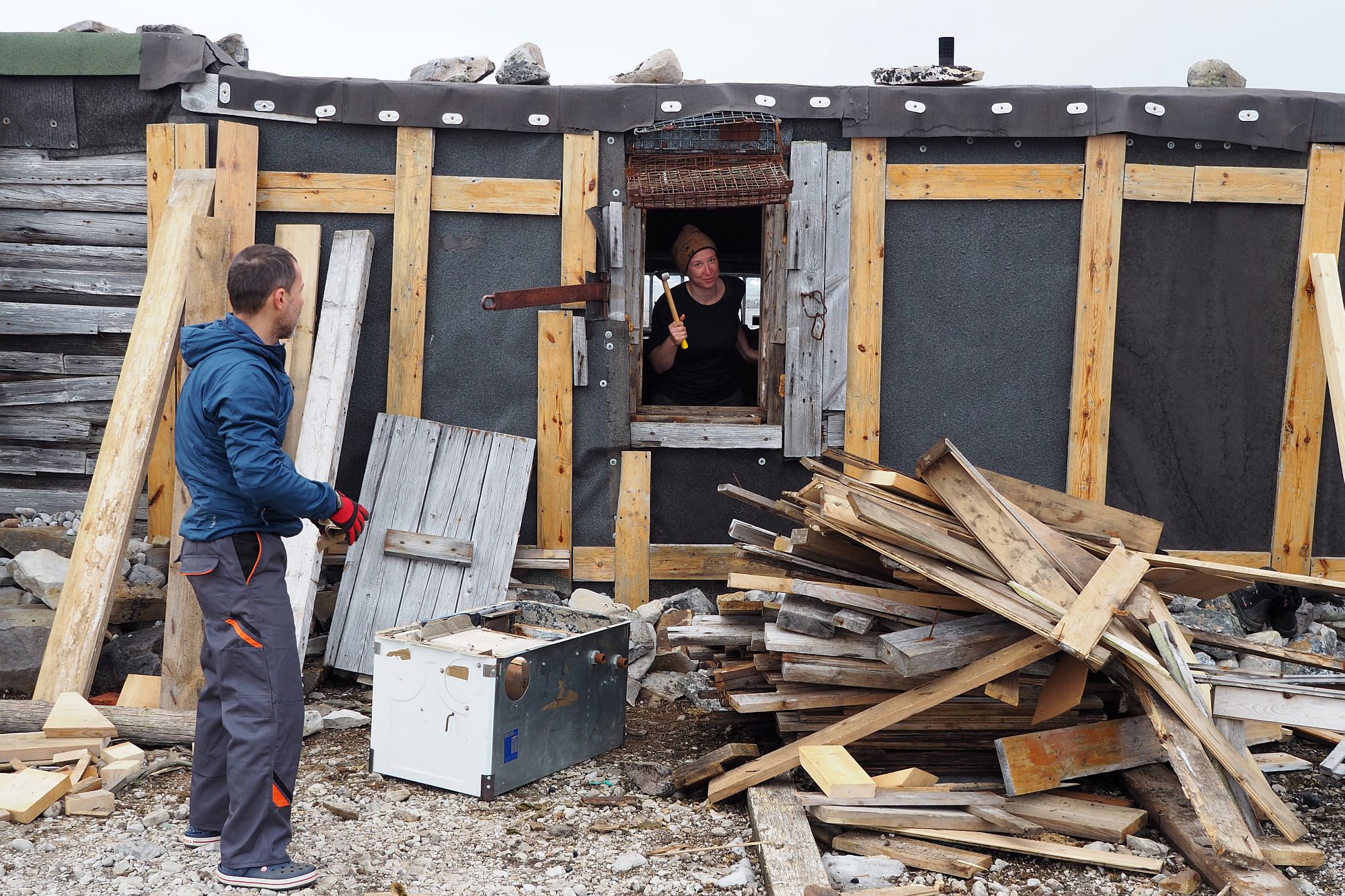
© Barbara Jóźwiak, forScience Foundation
Cabin repairs are one thing, but what with the cleanup? We too were curious, so we set out for a little look around. What we wanted to find was a stretch of the coast where the snow, ice and seaweed would already be in retreat. What we found instead was… a rather impressive container. So much for an easy start. Little did we know that bulk waste would be one of the key themes of this year’s project fieldwork and that this particular item weighed a whopping 100 kilograms!
The container sat on the rocks as solid evidence for the considerable force of local storms. And the shameful role played in the pollution of Artic beaches by the fishing industry, a topic we’ll come back to in more detail on a different occasion.
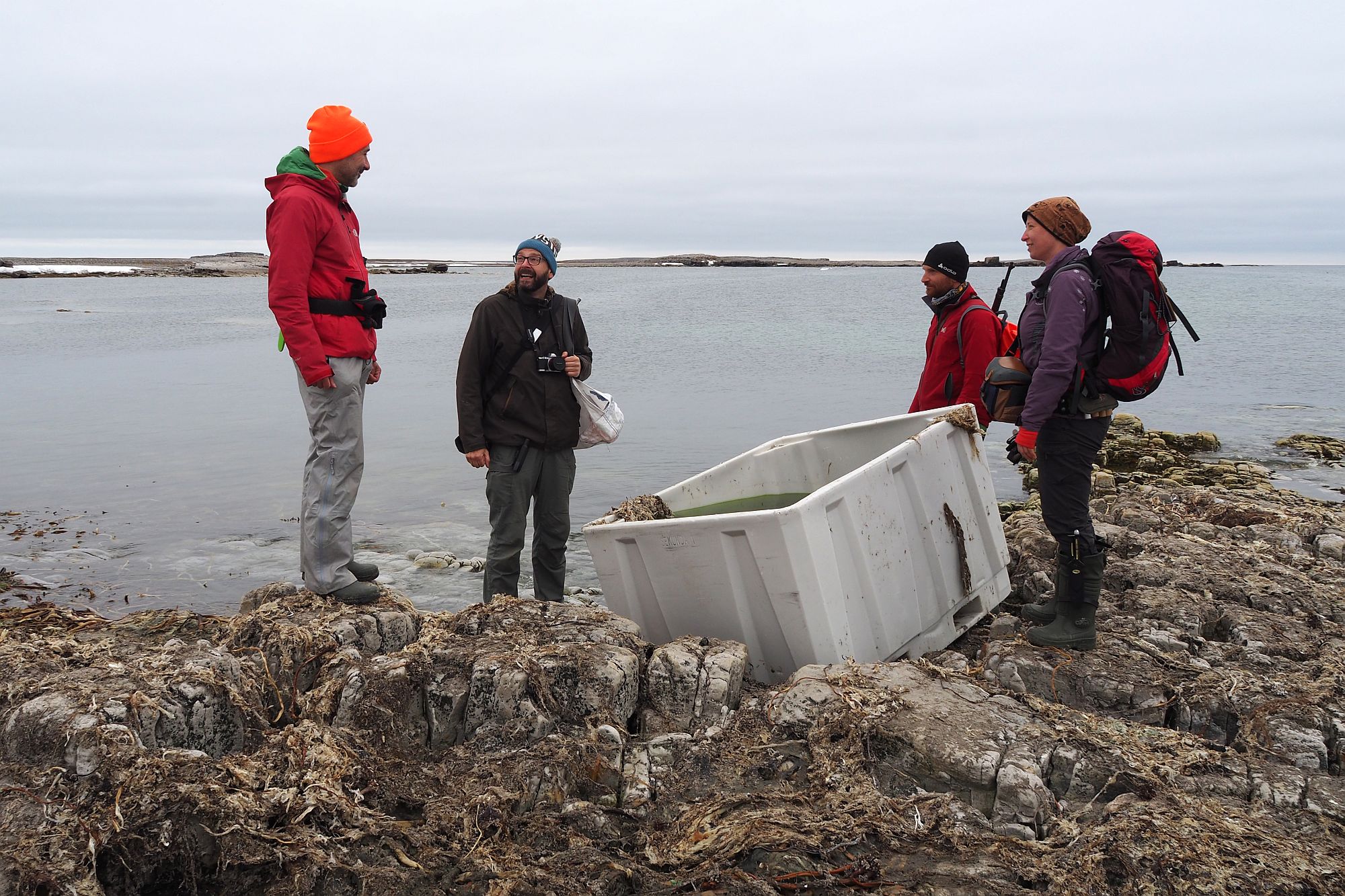
A hundred kilograms of plastic in one slimy piece turned out to be a serious transport challenge for the forScience team.
© Barbara Jóźwiak, forScience Foundation
Because piles of snow, ice and seaweed adorning the coast had not yet shrunk enough for us to go ahead with the project, we soon busied ourselves with other tasks. By which we mean, of course, more renovation work. This time we focused on icy draughts blowing through the cabin (thanks to which every morning we sprang out of our sleeping bags right into a crisp 5–6°C) and their main source, or the largest – and the most ill-fitting – window in the neighbourhood. And although we realized that the awfully rotten state of the Awfully Rotten Cabin might complicate things a little, none of us expected that, apart from the window itself, we would soon be replacing a part of the wall.
As a result, for one busy afternoon (which stretched out until the small hours of the morning), our rotten shelter sported an impressive hole, which – especially in the Arctic – is somewhat risky. Luckily, Kasia found an excellent way to keep our spirits high nonetheless.
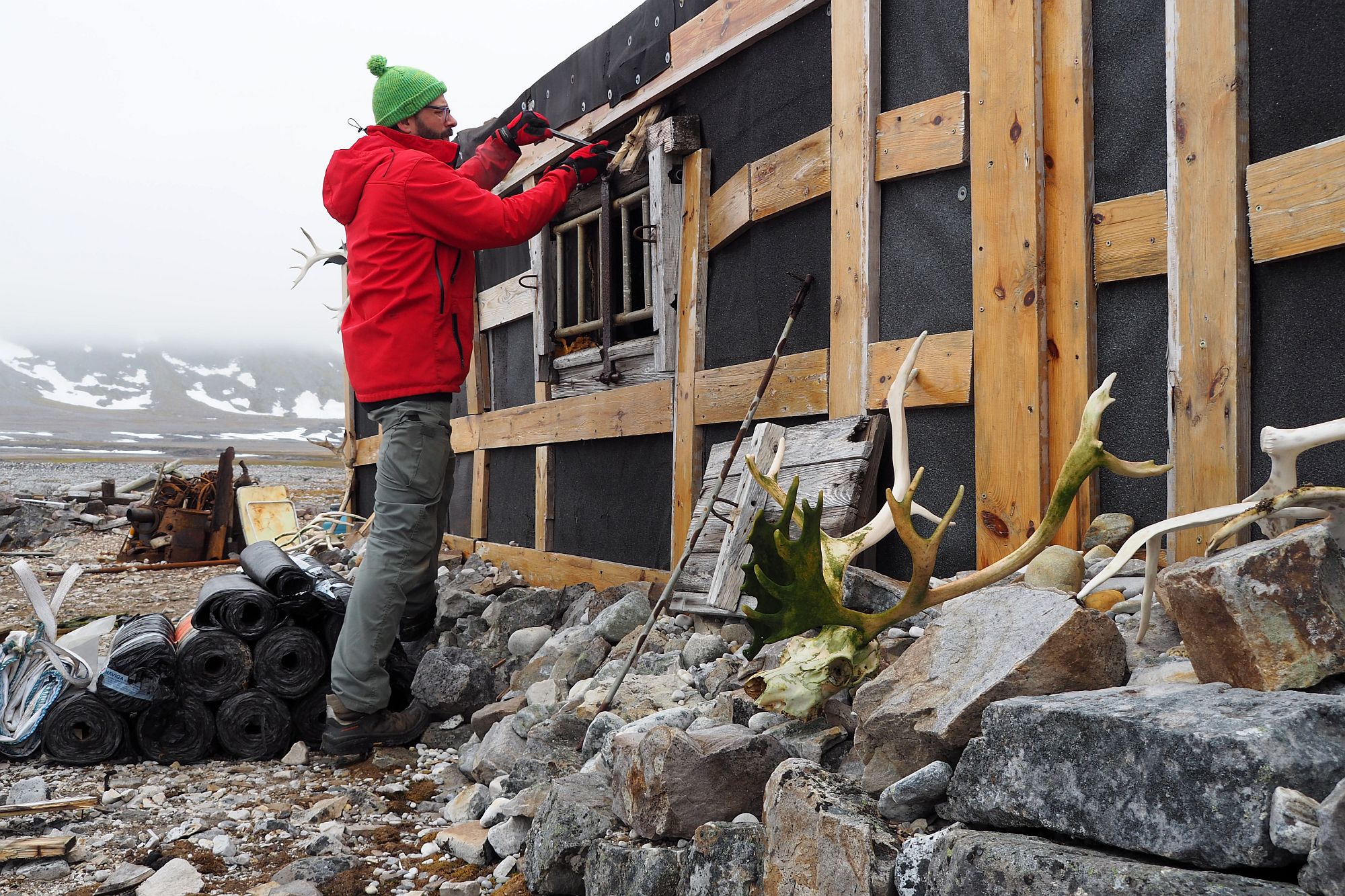
© Barbara Jóźwiak, forScience Foundation
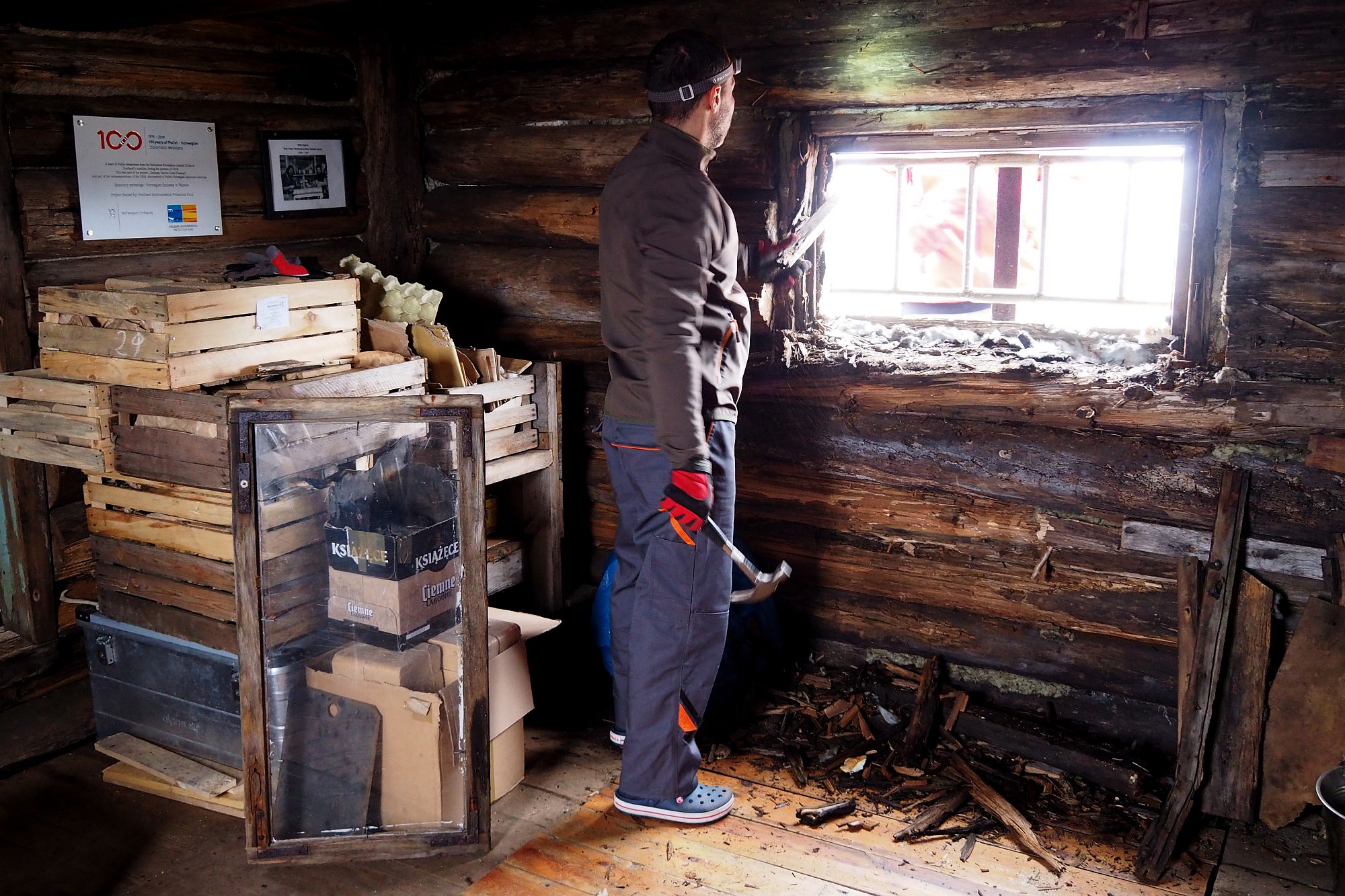
© Barbara Jóźwiak, forScience Foundation

© Barbara Jóźwiak, forScience Foundation
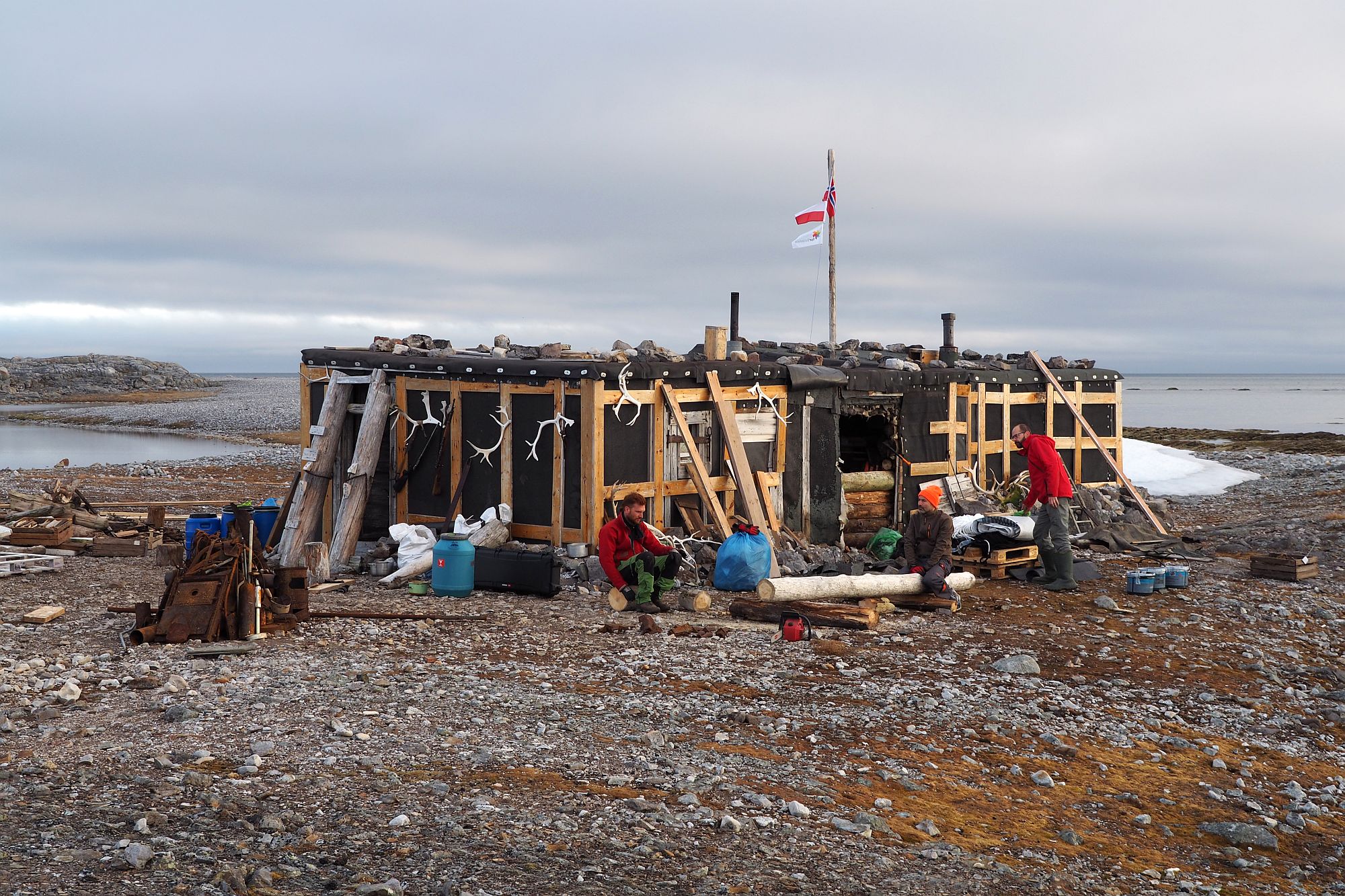
© Barbara Jóźwiak, forScience Foundation

© Barbara Jóźwiak, forScience Foundation
When the hole-in-the-wall crisis was successfully resolved and it seemed like we might at last be able start with our fieldwork, the area was struck by such a vicious gale that even the shortest outings (of the necessary kind) were verging on the impossible. Let alone doing fieldwork on highly exposed local beaches! And so, once again, all we could do was wait. This time, until the gale blew itself out. Luckily, by that point we were already quite proficient at finding alternative things to do.
The great wait lasted for over a week, during which time – apart from keeping busy in and around the Awfully Rotten Cabin – the forScience team could at most engage in general beach monitoring, with the key project tasks performed only on the rare sections of the coast which were not buried in snow and seaweed. Additionally, those of us who had not experienced the Arctic summer before radically revised their opinion on what good weather actually is. If day after day you’re buffeted by the wind, endlessly drizzled on and wrapped in thick tangles of fog, even a slight improvement in weather conditions is invariably greeted with delight. It quickly turns out, too, that the wind of 30 km/h is a piece of cake. A picnic weather really, if it happens not to come with a drizzle. Fog is not that bad either, because – although you can’t see much – at least you’re not getting rained on or jerked about by the wind. And visibility of more than 100 m is a dream come true, even if it’s wet and cold. But best of all is that once you’ve tuned your weather perception to the reality of the Arctic, every truly fine day – like, you know, with sunshine, blue skies and a temperature which makes you at least consider taking off that down jacket – totally knocks your socks off.
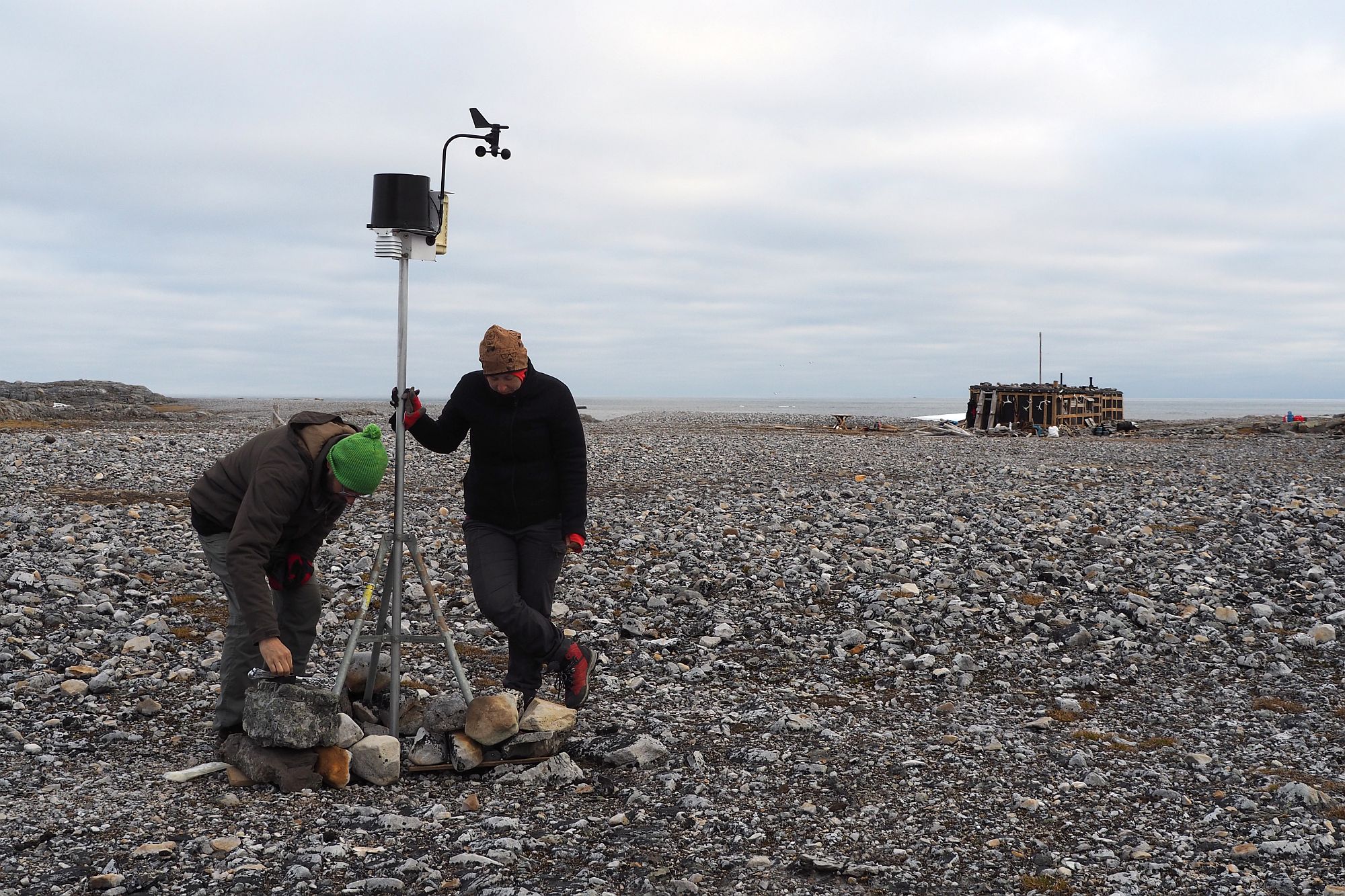
© Barbara Jóźwiak, forScience Foundation
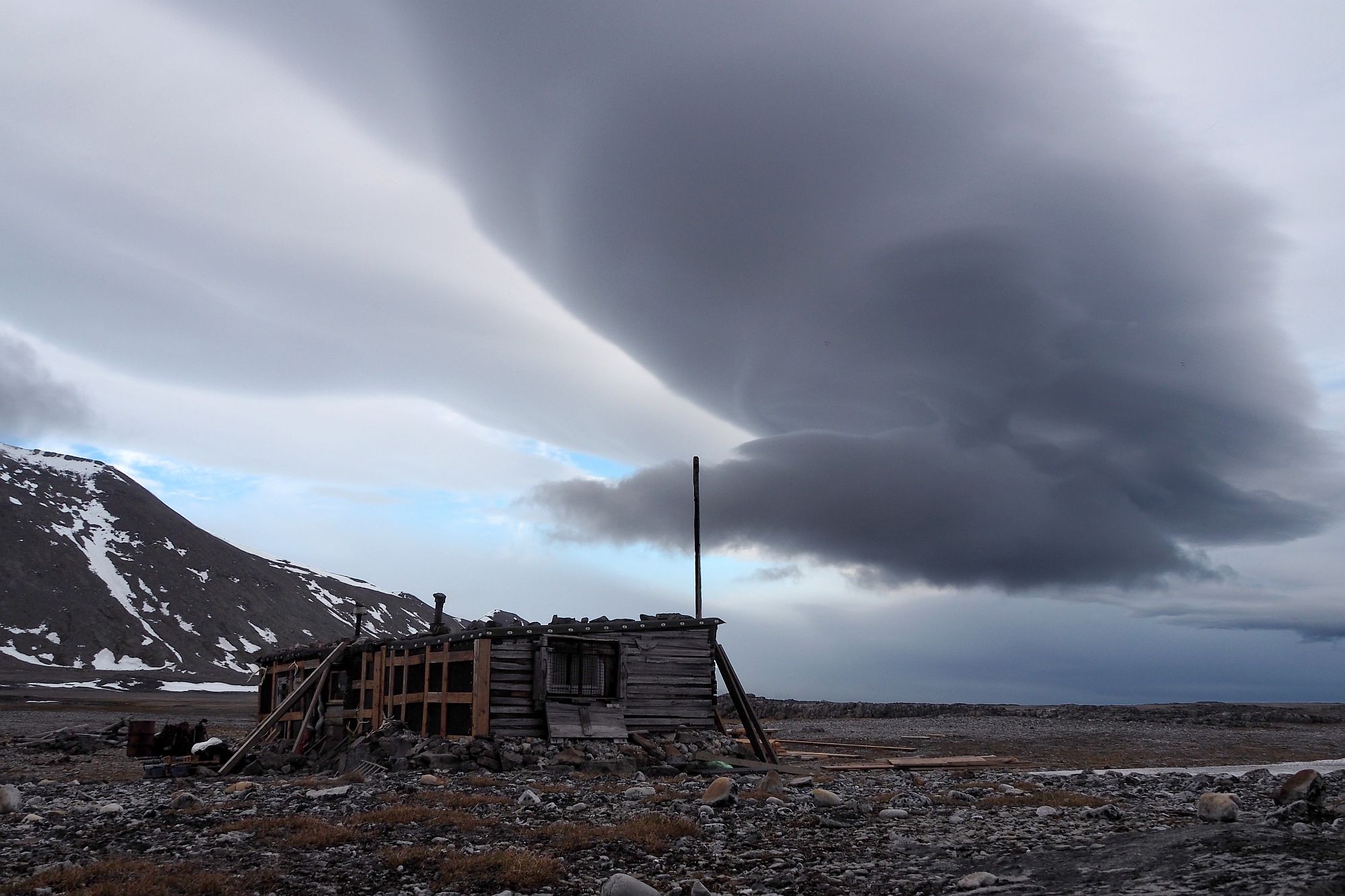
© Barbara Jóźwiak, forScience Foundation

© Paweł Lewandowski, forScience Foundation
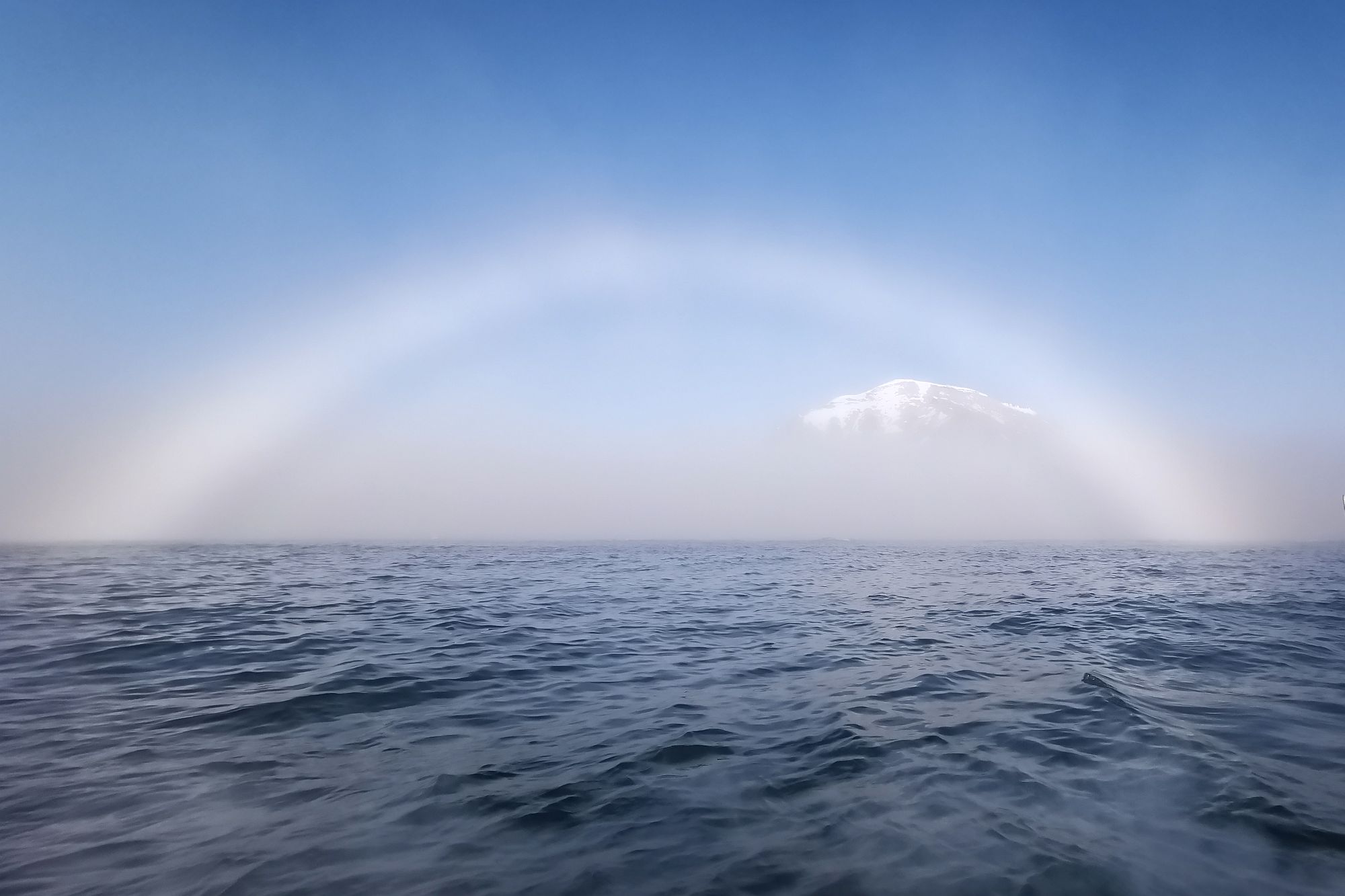
© Paweł Lewandowski, forScience Foundation
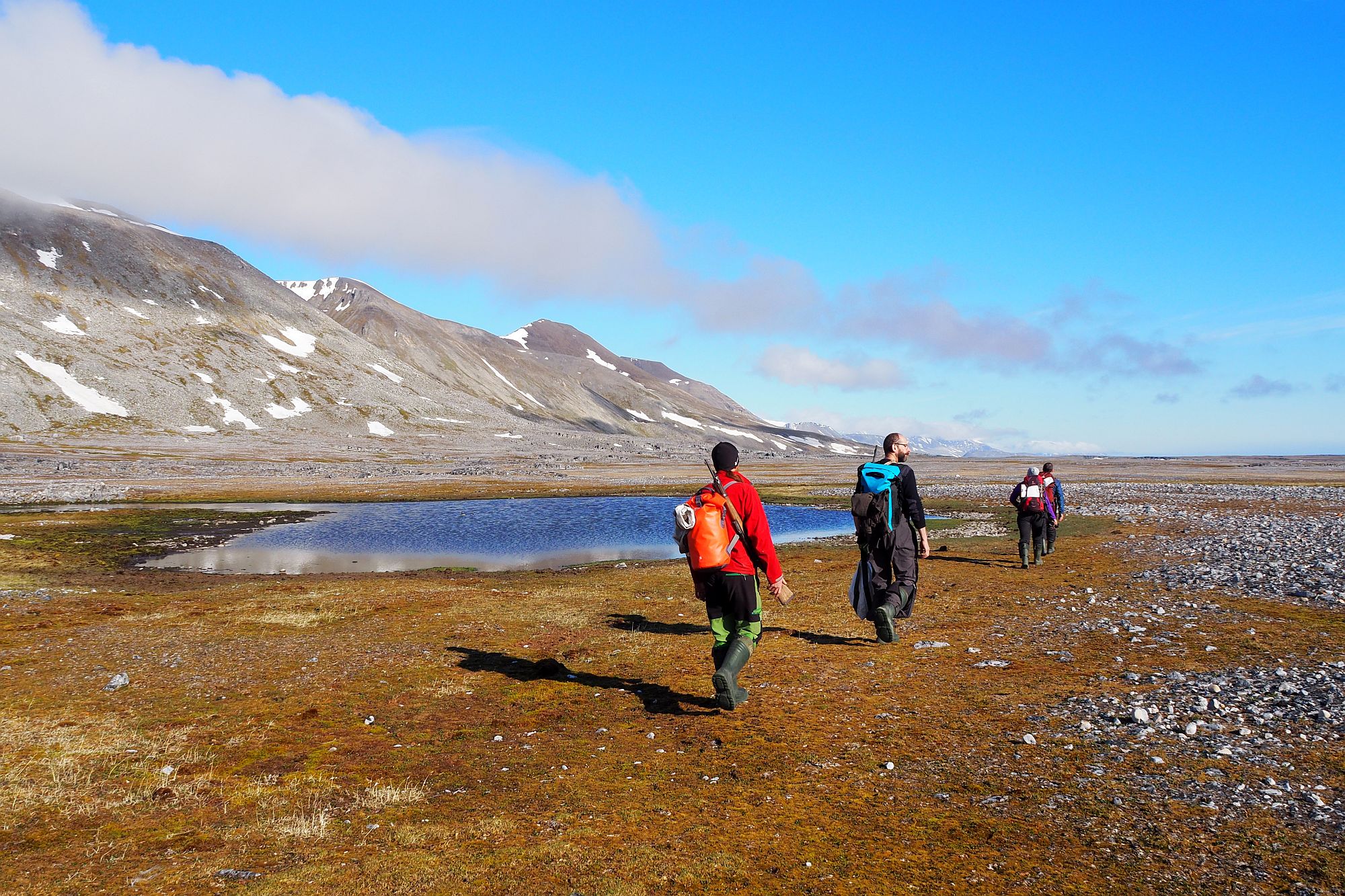
© Barbara Jóźwiak, forScience Foundation
Truly beautiful weather was such a rarity that it made us head for the coast no matter the time of day. What did such trips look like, what each of us took along and what challenges did we face among the great Arctic nothingness? All this and more you’ll find in the next episode of our Svalbard story.


